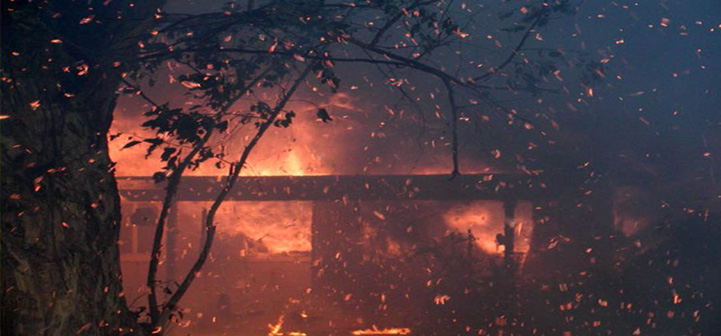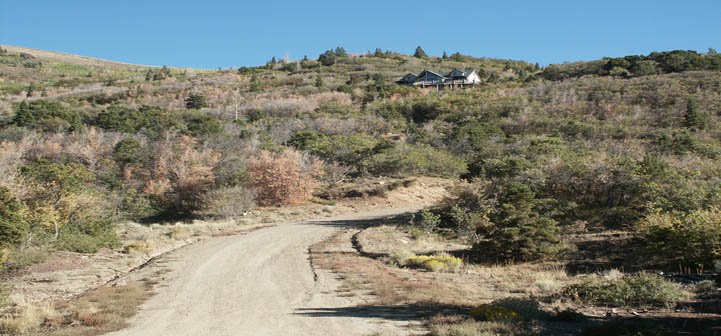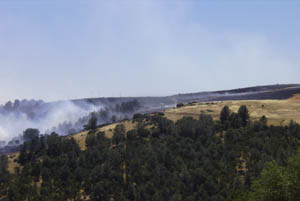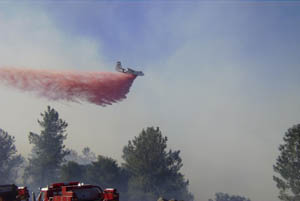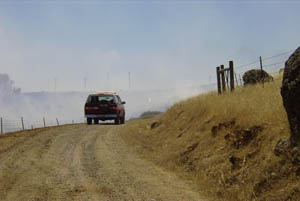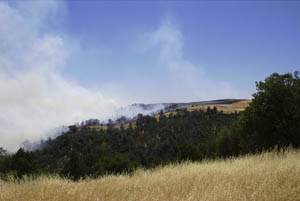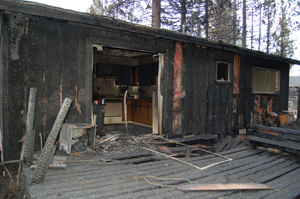Article Written by:
Glenn Nader, University of California Cooperative Extension, Yuba City, CA
Ed Smith, University of Nevada Cooperative Extension, Reno, NV
The first step is to make sure every body and everything is ready to leave. Park the vehicles facing toward the road and load important documents and items. Prepare elderly, children, pets and any livestock for evacuation. If there is enough time, prepare the house for exposure to embers and flames. Accomplishing these items will be doable only …
